Use scaffolded prompts to support learners to write about changes of state
This resource is part of our support for literacy in science teaching, designed to embed literacy into your curriculum and develop learners’ skills in reading, writing and talking about science and their understanding of scientific language.
-
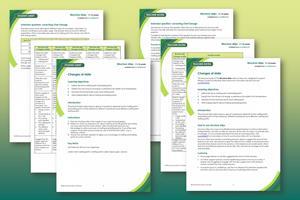
Download this
Use structure strips, printed five to a page, to promote independent writing on this topic.
Downloads include the student sheet and teacher notes with answers.
View and download more Structure strips
Learning objectives
- Define the terms melting point and boiling point.
- Explain how the amount of energy a substance has relates to its temperature.
- Describe the link between purity and melting point.
- Write independently about melting and boiling points.
Introduction
The physical state (solid, liquid or gas) of a substance depends on the melting point and boiling point of that substance. Different substances have different melting and boiling points.
How to use structure strips
Structure strips are a type of scaffolding that support learners to retrieve information independently. Use them to take an overview at the start of a topic, to activate prior knowledge, or to summarise learning at the end of a teaching topic. Read more ideas on how to use structure strips with your learners.
Structure strips have sections containing prompts, sized to suggest the amount that learners must write. Ask learners to glue the strips into the margin of an exercise book and write their answers next to the sections, in full sentences or in bullet points. When learners have finished using the structure strip, they will have an A4 page set of notes and examples.
Scaffolding
- Encourage learners to use the suggested key words in their answers
- To further support learners, include additional prompts in the structure strip. If learners are struggling to engage with the task, supply them with sentence starters created from the model answers.
- As learners grow in confidence, ask them to attempt the extension question first and then use the structure strip to improve or self-assess their answer.
Metacognition
This resource supports learners to develop their metacognitive skills in three key areas.
- Planning: the strips provide scaffolding to plan the written response. Learners will decide where to gather information from (textbooks, own notes, revision websites). Ask learners: is the source of information you are using reliable?
- Monitoring: learners are prompted by the questions in the structure strip and can check their own answer against the prompts. Ask learners: have you covered all of the prompts in the space provided? Do you need to change anything to complete the task?
- Evaluation: learners can self-assess or ask a peer to check their work against the answers. Ask learners: did you achieve what you meant to achieve? What might you do differently another time?
More resources
- Help 11–14 learners understand properties of states of matter with this simple Balloon in a bottle demonstration.
- Use this lesson plan for 11–14 year olds to explore changes of state.
- Recap learning on the particle model with questions from these Review my learning worksheets.
- Highlight diverse careers with our Chemistry: making the difference videos and let your learners be inspired. For example, Saba’s air quality assessments help clients worldwide to minimise their air pollution.
Key words
Boil, melt, boiling point, melting point, solid, liquid, gas, volume.
Extension question
The table shows some data about different types of chocolate. Chocolate is a mixture containing cocoa solids, sugar, milk powder and cocoa fat in different proportions. When chocolate goes above its melting point the mixture can start to split and go grainy.
| Type of chocolate | % cocoa solids | % cocoa fat | Melting range (°C) |
|---|---|---|---|
| Dark | 85+ | 46-48 | |
| Milk | 20-50 | 40-45 | |
| White | 0 | 20-30 | 37-43 |
Chef George wants to use a mixture of white, milk and dark chocolate to put on top of a special cake. He has decided to mix the chocolate chips together and heat it strongly to 50°C to make sure it is all melted.
Write a brief note to Chef George to suggest a better way for him to get his melted chocolate mixture. Explain why his method is not ideal.
Answers
Find suggested answers for the structure strip in the teacher notes.
Example answer to extension question
It would be better if you heated the mixture gently to around 42°C, which is in the melting range of two of the chocolate types and close to the other one.
Chocolate is a mixture. Because it isn’t a pure substance it does not have a sharp melting point, instead chocolate melts over a range of a few degrees.
If you go ahead with your plan to heat the mixture above the top melting point of any of the chocolate, then the mixture will split and be unstable at this temperature.
Downloads
Changes of state structure strips student sheet
Handout | PDF, Size 0.15 mbChanges of state structure strips teacher notes and answers
Handout | PDF, Size 0.19 mbChanges of state structure strips student sheet
Editable handout | Word, Size 0.43 mbChanges of state structure strips teacher notes and answers
Editable handout | Word, Size 0.45 mb


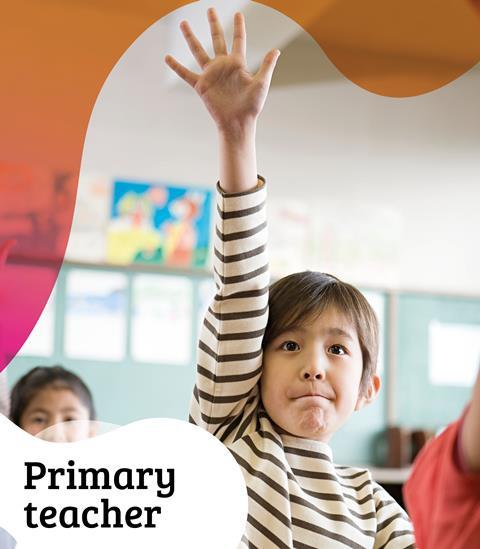


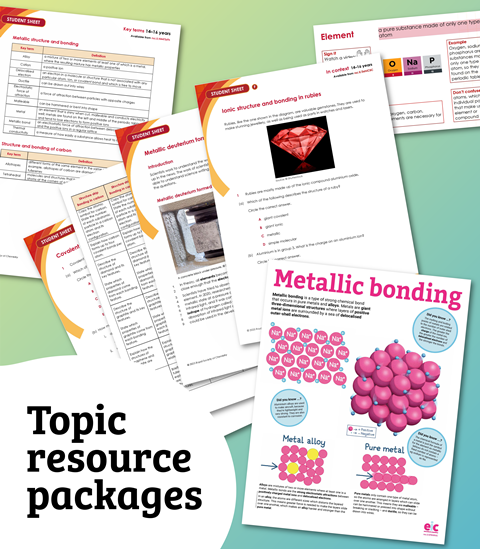
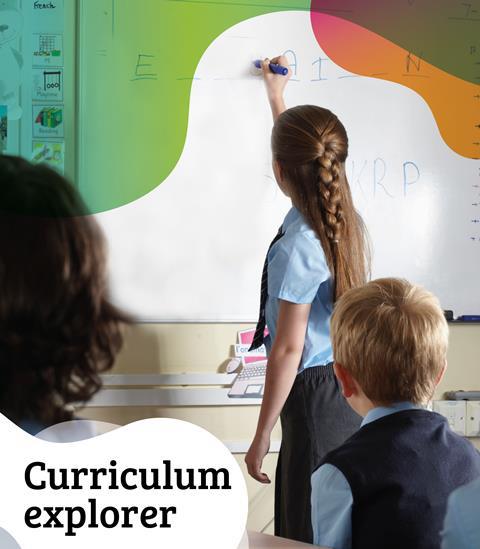

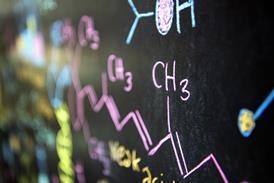

























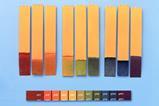
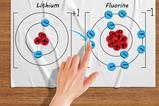


No comments yet